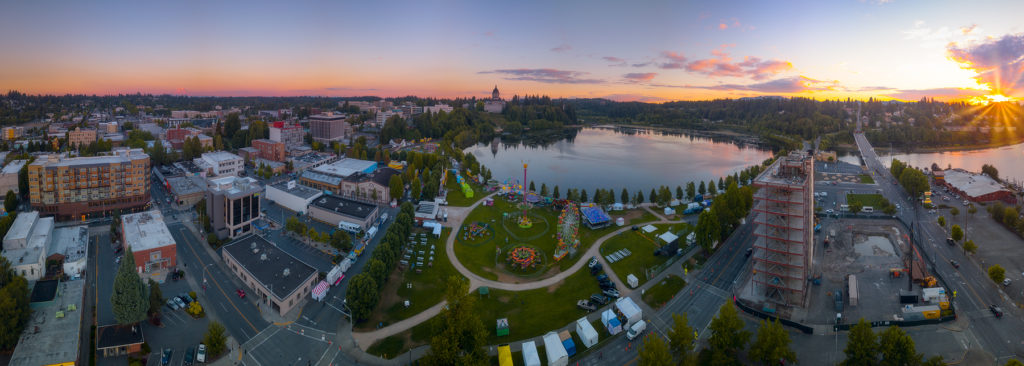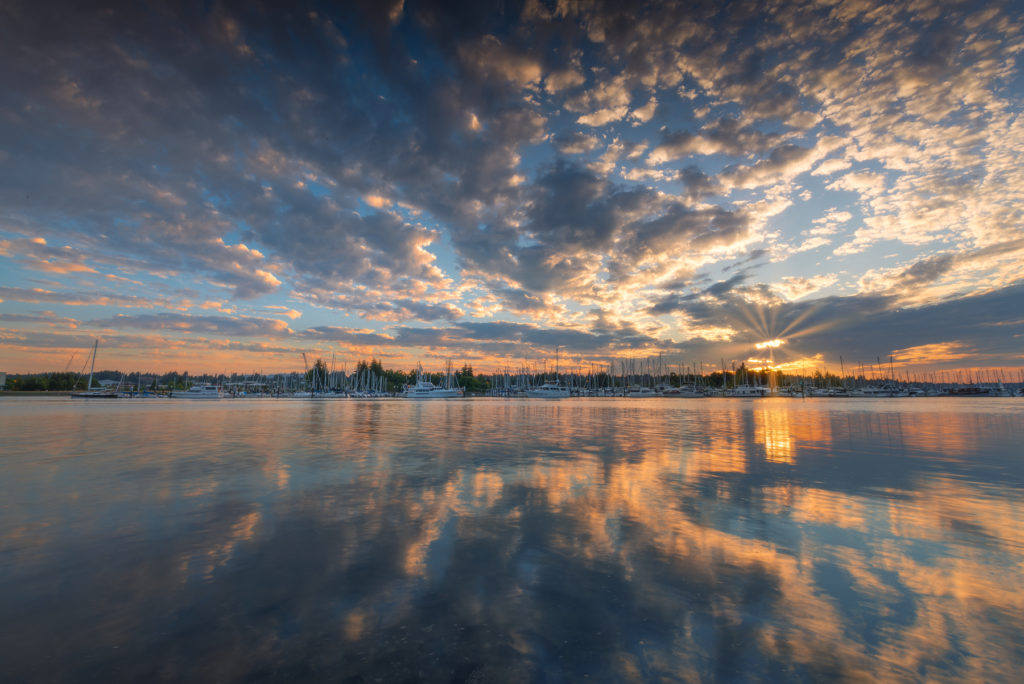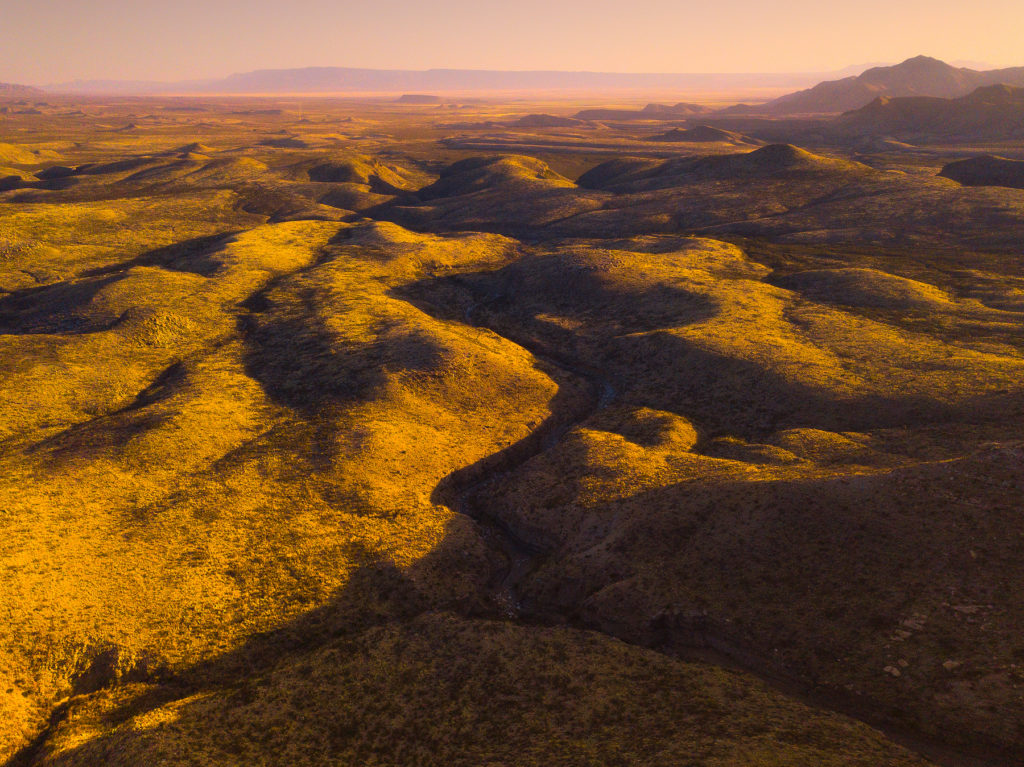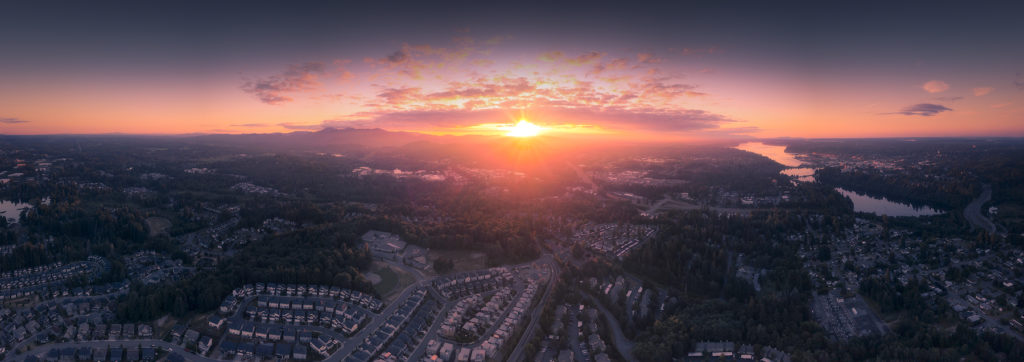
The use of flying drones to capture images and videos among artists has been very controversial since its introduction. It is a subject that seems to be very black and white. You either love or hate drones. I began experimenting with drones from a place of necessity. My creativity for photography was at a standstill and I was looking for ways to get excited about photography again. Many of the images I was seeing online were the same perspectives shot in the same way from the same places. As tentative as I was to start flying drones, I knew it was a necessary step for myself to capture new and exciting images. I began my adventures into drone photography by doing as much researching on the subject as I could. I found several different videos on the subject of drone photography on YouTube. I knew it was a big commitment on my behalf in terms of time and money. In order to do this correctly, I needed to fully understand everything that went into drone photography.

Fast forward five years later and I’m thankful I made the decision to go all in and invest in drone photography. Throughout my drone photography, I have learned several lessons good and bad which I hope to pass on in this article. The article is aimed at those photographers who are on the fence about wanting to start drone photography. It is a list of the most important steps to learn when first beginning to fly drones.

- Many first-time flyers are too eager to start flying a drone without doing any research. The figure they can learn as they go. Without hesitation, they immediately fly the drone in areas that have many obstacles and not suitable for learning. The biggest mistake for many first-time flyers is to remove the stickers and clamps that are attached on the outside to protect the drone while in transport. It’s important to remove these devices before taking off as this interrupts the drone signals and weight balance. Read the manual.
- Update all firmware and software before flying the drone. This is a critical step before flying. Don’t skip this step because you are eager to get the drone up. Without all the proper updates, one of the first things that can occur is the drone cannot find your position and thus return to you.
- Calibrate your compass on the drone and IMU. This is very important to do when flying the drone for the first time. It’s also imperative to calibrate the drone when traveling a large distance from home, especially if traveling by plane. The calibration of the drone updates relative positions.
- Make sure the home position of where the drone is supposed to return to registers with the drone. As the drone prepares to take off it takes a few moments to relay its position as the home spot. Many beginners have the drone take off into the air before the drone signals that it has found the home position. Without waiting for the home position to be locked in, the drone’s GPS cannot find its way back to the user.
- Never fly the drone inside a building or covered area. This one seems like it would be obvious to most people learning to fly a drone, but this happens to be one of the most common mistakes flyers commit.
- Begin the process in wide-open spaces with no people around. Take time to build your confidence. When starting out, try to fly your drone a few times a week. Taking every opportunity to fly the drone develops habits in muscle memory that help when you find your drone in potentially dangerous areas where the drone can crash. Eventually, every drone operator finds herself in a situation where fast thinking and action is needed to avoid disaster. Having that muscle memory to maneuver out of tight spots is critical.
- Whenever possible try to have a friend accompany you as a spotter. It is very easy to lose sight of the drone while in the air. Attempting to look at the remote and keep an eye on the drone at the same time can be difficult. Losing sight of the drone can cause panic and eventually lead the operator to crash the drone.
- Flying in restricted areas that are forbidden to fly in. This would seem pretty straight forward, but many drone operators feel its more important to capture images than to follow the rules. Flying in restricted areas is not only illegal but can be very dangerous. Playing Ignorant is not a solution
- Understand the FAA rules completely. It is critical to understand the rules of where you can fly your drone. This includes how far and high you operate the drone. These rules are in place to protect not only you but everyone who is using that air space. This includes those flying airplanes.
- Be familiar where the obstacle sensors are placed on the drone which help avoid the drone crashing into objects. Many drones have only a one sensor located in the front. If the drone moves backward or up and down there is no sensor to stop the drone from crashing. Beginners often make the assumption that sensors stop the drone from crashing in all directions. This leads to many unnecessary accidents.
- Research the current weather conditions and wind speed as well as direction. This not only applies to conditions on the ground but at the elevation that you intend to fly the drone. Often conditions on the ground in terms of wind are drastically different 400 feet higher. It is critical to know when it’s unsafe to fly a drone because of weather and wind.
- Know the area you intend to fly the drone in. Objects like tall buildings, telephone wires, and birds can cause the drone to crash. Being aware of possible obstacles and avoidance can prevent unnecessary crashes.
- Avoid collisions with the drone but avoiding the temptation to get too close to the subject you are trying to photograph. In order to capture a certain perspective, many drone operators take unnecessary risks. They try to get as close as possible to the subject and thus crash the drone into the subject.
- Most drones come with ‘intelligent modes’ that allow the drone to do specific actions like circle a subject or fly to a series of subjects in a particular order. “Intelligent modes’ are often too heavily relied on, so much that the operator forgets about the surroundings of the drone. Even though the drone might be flying a certain action such as a circle doesn’t prevent it from crashing into a subject.
- Be cognizant of not using all of the battery of the drone while it is up in the air. Make sure to land it with more than 5-10% battery. Many disasters can be avoided by allowing the drone to land which battery power still available. Many beginners wait till the very end when the battery as exhausted its power to land the drone.
- Avoid the habit of only looking at the remote-control screen. Be cognizant of where the drone is by always keeping an eye on it while it in the air.
- Never fly the drone out of your comfort zone in the beginning. Start slowly and build your confidence as you go. Get familiar with the layout and what you are capable of.
In conclusion, I have listed in this article some of the most important to be aware of when first learning to fly drones.


Website: www.kevinmcnealphotography.com
Facebook: https://www.facebook.com/kevinmcneal30
Instagram: www.instagram.com/kevinmcneal30
Flickr: https://www.flickr.com/photos/kevinmcneal
Kevin McNeal is a landscape photographer who resides in the Pacific Northwest of the U.S. He focuses on grand colorful landscapes that reflect the most unique places on earth. Capturing moments of magic light and transferring this on print, images behold a combination of perseverance, patience, and dedication to capture the images in ways unseen before. The stories of how these images are rendered come across in the feelings the images convey.

Recent Comments